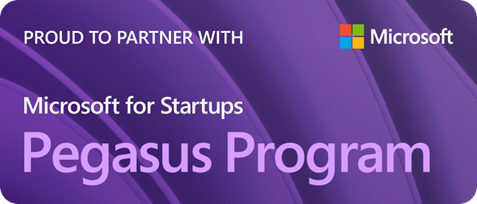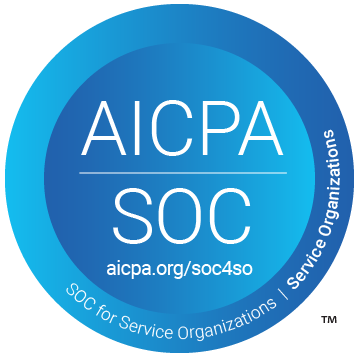The Secure-by-Design Shift: A Wake-Up Call for Microsoft-Centric Dev Shops
Why Microsoft’s Secure Future Means Rethinking Your Delivery Model
In today's rapidly evolving digital landscape, security is no longer a peripheral concern—it's a central pillar of software development. Microsoft's recent advancements, particularly the Secure Future Initiative (SFI), underscore the urgency for development firms to integrate security deeply into their delivery models.
Understanding Microsoft's Secure Future Initiative
Launched in November 2023, Microsoft's SFI represents a comprehensive overhaul of its cybersecurity strategy. The initiative emphasizes three core principles:
- Secure by Design: Embedding security considerations from the inception of product development.
- Secure by Default: Ensuring security features are enabled out-of-the-box, requiring minimal user intervention.
- Secure Operations: Maintaining and improving security throughout the product lifecycle.
These principles are not just theoretical—they're actionable guidelines that Microsoft is integrating across its platforms, including Azure, GitHub, and Microsoft 365.
The Implications for Microsoft-Centric Development Firms
For firms specializing in Microsoft technologies, the SFI presents both a challenge and an opportunity. Clients are increasingly expecting their software partners to adhere to these heightened security standards. Failing to do so could result in lost business or reputational damage. In addition, Microsoft's emphasis on security is influencing procurement decisions. Organizations are now prioritizing vendors who can demonstrate a commitment to secure development practices.
Rethinking Your Delivery Model: Actionable Steps
To align with Microsoft's security vision, consider the following steps:
1. Integrate Security into the Development Lifecycle
Adopt Microsoft's Security Development Lifecycle (SDL) framework to ensure security is considered at every stage of development—from requirements gathering to deployment.
2. Leverage Azure's Security Features
Utilize Azure's built-in security tools, such as Azure Security Center and Microsoft Defender for Cloud, to proactively identify and mitigate vulnerabilities.
3. Implement Secure Coding Practices
Train your development team in secure coding standards and regularly conduct code reviews to identify potential security flaws early in the development process.
4. Automate Security Testing
Incorporate automated security testing tools into your CI/CD pipeline to detect and address vulnerabilities promptly.
5. Stay Informed and Compliant
Regularly review Microsoft's security guidelines and ensure your practices remain compliant with the latest standards and regulations.
How working with Start Left helps you align, differentiate, and scale with confidence
Microsoft has made it clear: secure software development is no longer optional—it’s the expectation. The Secure by Design initiative is a call to arms for software vendors to embed security early, prove it continuously, and demonstrate it clearly to buyers, regulators, and partners alike.
This shift creates an opportunity for software development firms to lead, not lag.
Working with
Start Left gives you the operational edge to meet these new expectations—and stand out while doing it.
✅
Differentiate: Show customers and prospects that security is foundational—not a bolt-on.
✅
Prove it: Build the governance, visibility, and continuous validation needed to show (not just say) your software is secure.
✅
Win more business: Align with Secure by Design expectations to unlock new markets and accelerate sales cycles.
✅
Reduce risk: Shift security left in your SDLC and spot issues before they reach production—or your customers.
✅
Scale smart: With Start Left, you embed security into delivery without slowing your team down.
Start Left helps you bake security into how you build—and keep showing it after you ship.
In a world where buyers expect more transparency, security, and proof—this is how you lead.
Embracing the Future
Secure-by-design isn’t just a trend—it’s the new standard for modern software development. By rethinking your delivery model with security built in from the start, your firm can meet Microsoft’s evolving expectations and stand out in a crowded market.
Want to dive deeper into Microsoft’s approach?
Explore their Secure by Design documentation.
Curious how Start Left can give your team a competitive edge?
Let’s schedule a demo and show you how it works in action.
SHARE!
More Resources















